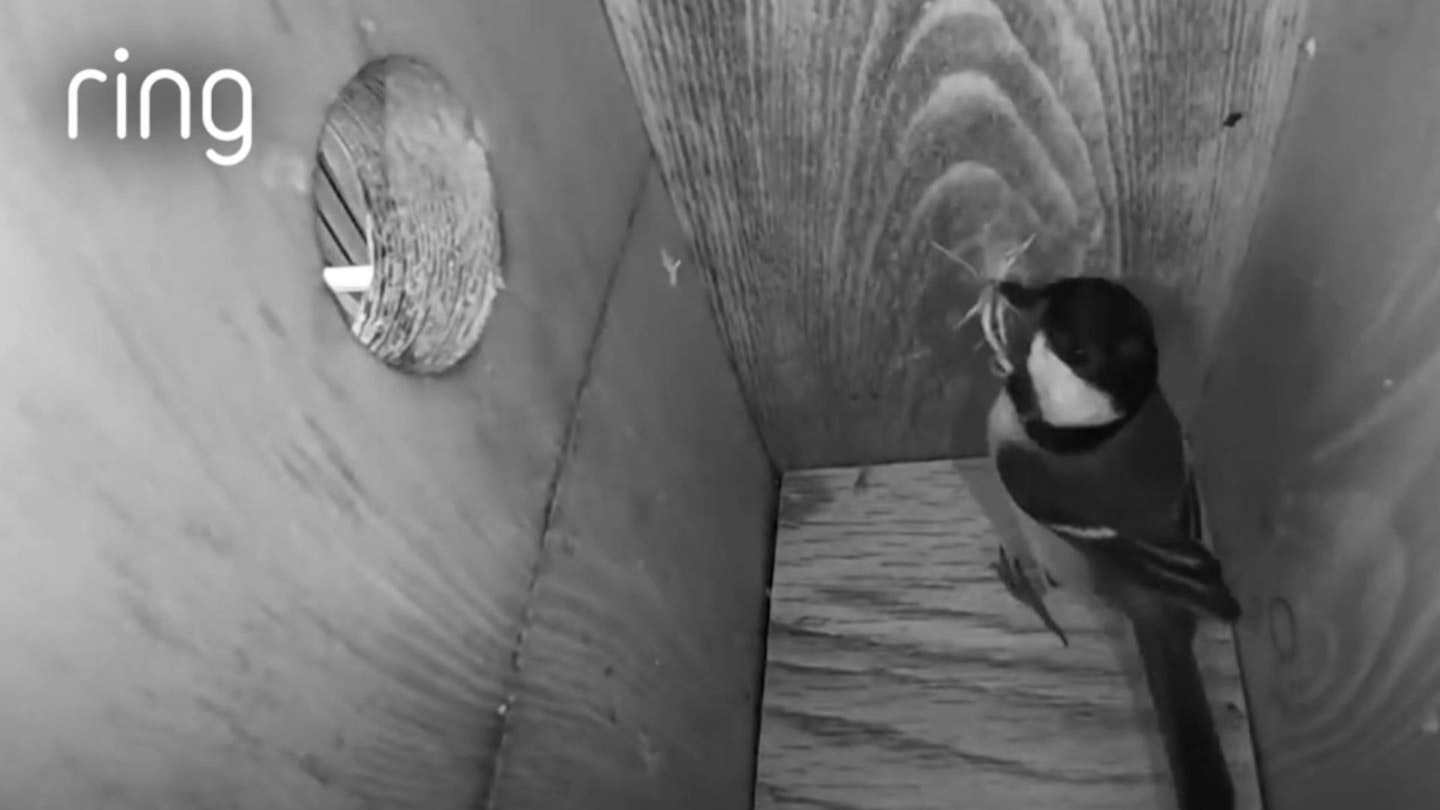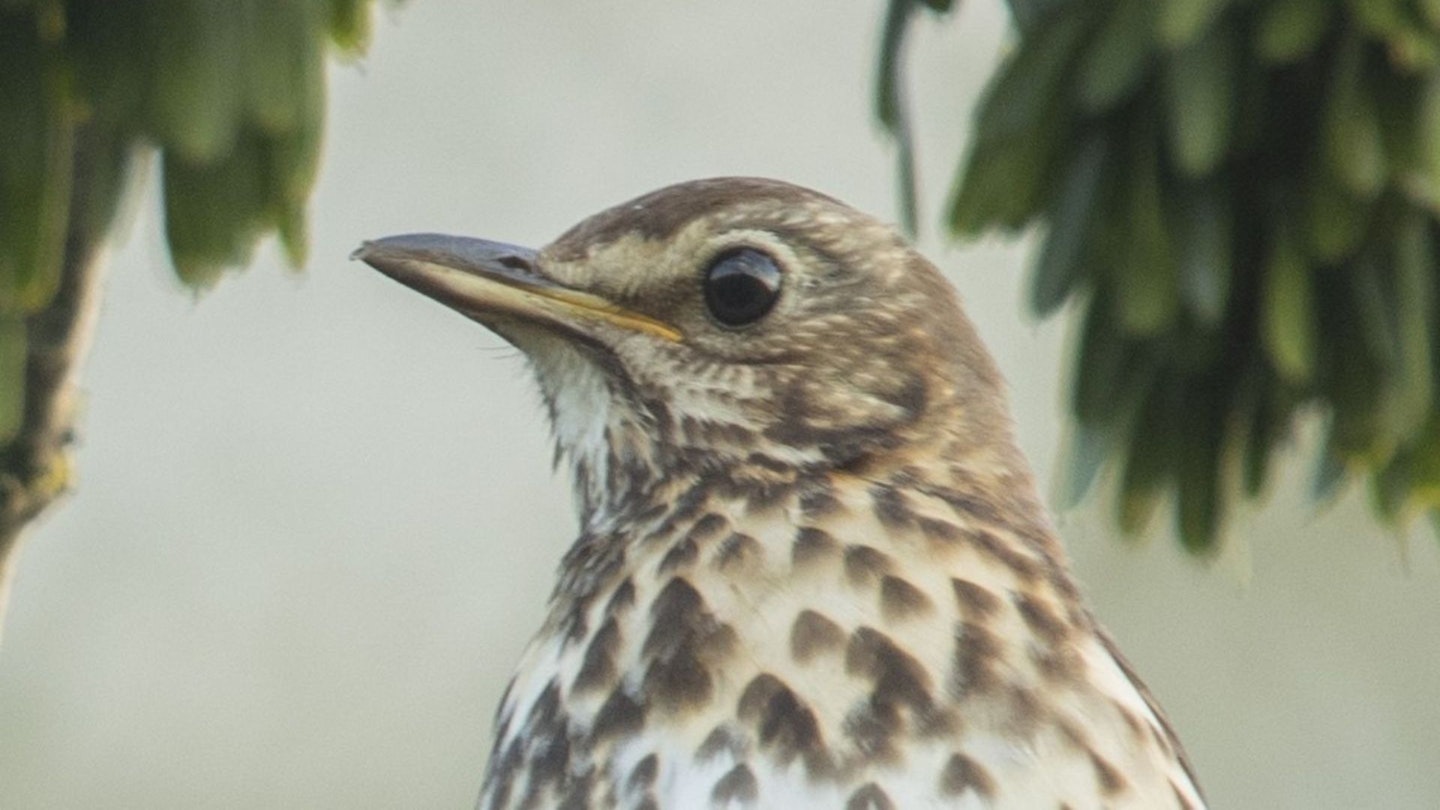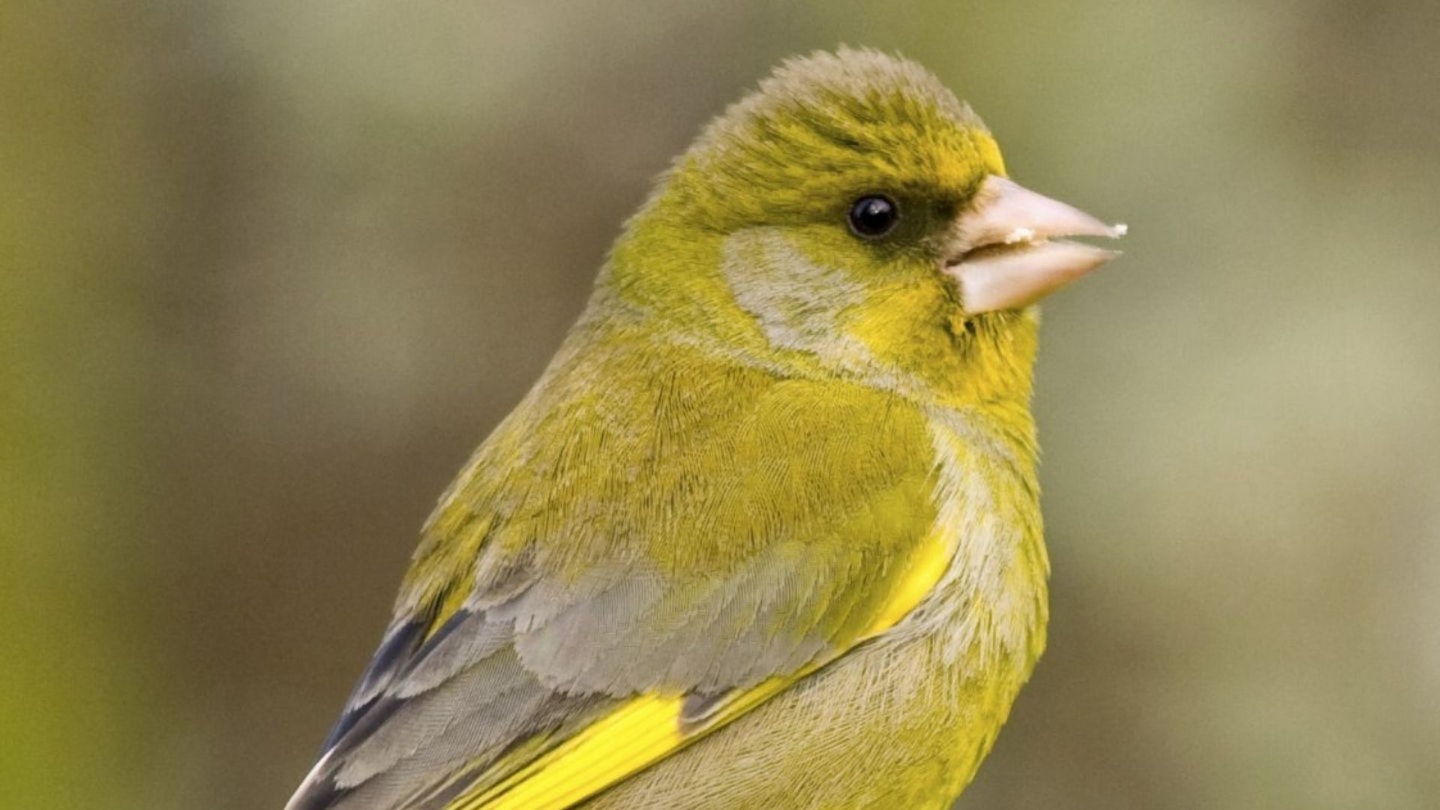It's no surprise that birdwatching is still one of our nation's favourite pastimes. It rewards us with a beautiful view of our native species and glimpses of rare migratory birds that venture into our skies.
But it's not all about taking a pair of binoculars to a local bird hide or a spotting scope to some marshland. Ring Outdoor Cameras have become an unexpected aid for both novice and experienced birdwatchers monitoring Song Thrushes and Starlings.
It's hard to imagine a world without our feathered friends, but with so many bird species in decline it's more important than ever to support them in and around our homes and gardens.
Ring is collaborating with the RSPB after finding more Gen Z and Millennials are taking up birdwatching. The collaboration showcases how Ring cameras can monitor birds in their natural habitat while supporting RSPB's conservation efforts across the UK.
As part of this collaboration, Ring shared detailed clips from UK customers featuring owls, falcons, and even Blue Tits nesting in bird boxes - just a sample of footage captured by hundreds of people repurposing their Ring cameras for wildlife watching. So, alongside the RSPB's conservation efforts, Ring conducted a research project to find out more about the UK’s birdwatching habits – revealing surprising results.

Birdwatching on the rise
Ring's study of 2,000 adults in the UK found that an impressive 60% regularly take the time to observe garden birds. Even more surprising was the response from the younger generation, with almost a quarter of those under 35 actively planning to start birdwatching during the springtime.
The fact that so many are turning to technology, such as Ring Outdoor Camera Battery, to help remotely monitor the activity of birds is exciting, with 64% of those surveyed sharing their enthusiasm for birdwatching using cameras. More observation means a better awareness of species in decline too, with 73% also saying they’ve noticed a reduction of some bird populations.
But it's not all about gathering data. Let's not forget that one of the main reasons we love birdwatching is that it's beneficial to our mental and physical health.
Taking the time to stop, watch and enjoy nature is the perfect way to relax and unwind. In fact, the Ring study revealed that 73% of birdwatchers reported a positive boost to their sense of wellbeing and 57% said it reduced their stress.

Ring and the RSPB
In its 'From Home Security to Wildlife Discovery' blog post in April this year, Ring announced its collaboration with the RSPB. To support the RSPB's conservation message and encourage the younger generation to enter the birdwatching hobby, it gave away 50 Ring Outdoor Camera Plus Battery to lucky applicants aged between 18 and 35.
Ring’s Managing Director EU & International, Dave Ward, said: "Ring is best known for keeping neighbourhoods safer, but we're always impressed by how our devices can capture remarkable wildlife footage.
"We hope that collaborating with the RSPB will raise important awareness of declining bird species, while encouraging customers of all ages to enjoy the benefits of connecting with nature from wherever they are."
How to use your Ring security camera for birdwatching
Ring outdoor cameras are very affordable, so there's no need to repurpose one that already plays an important role in your home security setup. Best of all, if you're an Amazon Alexa user, they integrate with your smart home. By setting up motion detection alerts and viewing footage on your mobile Ring app or Amazon Echo Show device, you'll never miss a thing.
Here's advice on using the functions and features of your Ring Outdoor Camera Battery to help your birdwatching:
Carefully choose your camera placement
Take note of where your local birds are most commonly seen, including bird baths, natural perches or feeders. Position and aim your security camera for the clearest view, avoiding obstructing birds' access to food, birdbox entrances and so on.
Never miss a thing with Motion Alerts
Any Ring device that has a camera offers motion detection - a feature that you can adjust in the Ring app to notify you whenever a bird enters the camera's view. Changing the sensitivity in the device settings can also help you to avoid false alerts and capture better quality moments.

Turn on Night Vision for nocturnal visitors
What could be better than getting a lovely close-up view of an owl or other nighttime visitors. Ring's Night Vision feature will let you do just that, without disturbing the birds with a floodlight or other visible light.
Unlock Smart Video Search
You can of course use Ring cameras without a subscription, but signing up does come with some excellent benefits for birdwatchers. Premium subscribers can use a Smart Video Search that intelligently searches through all of your captured footage for birds. Simply type 'bird' into the Ring app and it'll do all the hard work for you.
Check your Event History to access your recordings
Once set up, your camera is going to log and record birds as they come and go. These will show up in your Event History in the app. Depending on how busy they have been, you may well have dozens of events listed for any one day. Remember to review them regularly and have fun spotting all kinds of feathered friends you may have otherwise missed.
The RSPB's bird conservation tips
Being able to watch birds remotely using your Ring Outdoor Camera is only half of the story. By encouraging and supporting your local bird population, there'll be many more birds to see and enjoy. The RSPB have some excellent tips on how you can support bird conservation:
-
Install bird-friendly habitats like nest boxes and feeding stations
-
Keep gardens wildlife-friendly by planting native flora
-
Report sightings of priority species like the Song Thrush and Greenfinch to organisations like the RSPB
Lastly, what should you do if your Ring Outdoor Camera captures footage of priority species that the RSPB need to keep track of? Thankfully the Ring app has a 'Share' feature that makes uploading your clips easy and accessible to RSPB researchers who can use it to understand bird movements and behaviours.

